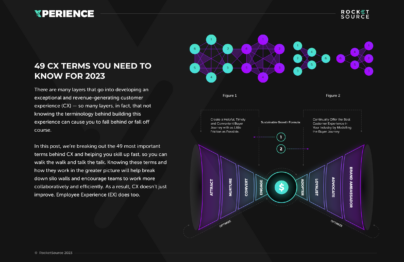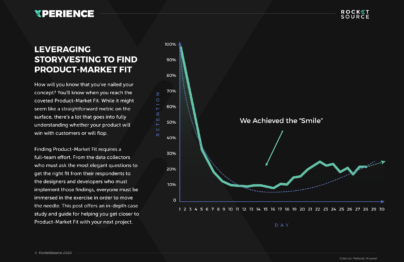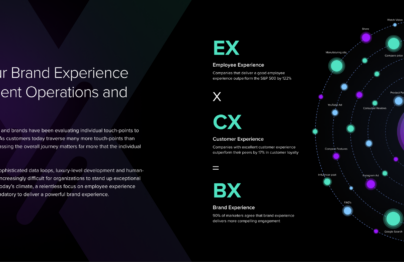A data warehouse stores business intelligence. Once there, various business intelligence tools can access and analyze the insights available, allowing organizations to make data-centric decisions. This warehouse is often referred to as an organization’s “Single Source of Truth” because of the historical data insights it holds.
Data warehouses themselves do not inherently lead to organizational growth. Instead, having this data accessible sets the stage for intelligent domino stacking that can support a revenue acceleration model. By storing quantitative data and providing a simpler organization and analysis platform, various parties can access and translate what’s available into an insights-driven strategic framework.
Do I Need a Data Warehouse?
Organizations with a data warehouse position themselves to become more agile and more customer experience-centric in their decision-making.
Having this data readily accessible allows organizations to tap into this “single source of truth” as support to quick reactions to behavioral trends. Operating with data as the guide with easy access from a data warehouse, organizations can guide strategic decisions and elevate the brand experience. In turn, employees have more success and a better experience while delivering the customers an experience that aligns with their expectations.
Architecting a Single Source of Truth
Building a data warehouse requires organizations to adjust internal processes and platforms to tap into that single source of truth. This process can be daunting, but it’s well worth the effort. Brands that take this larger move towards a revenue operations model understand the importance in investing in understanding the customer at a granular level.
A data warehouse is the first step towards aggregating the data needed to step fully into a world of new possibilities for improving the brand experience and building LTV. Teams are then equipped with the data to apply those outputs to the customer journey and use the insights to accelerate revenues.
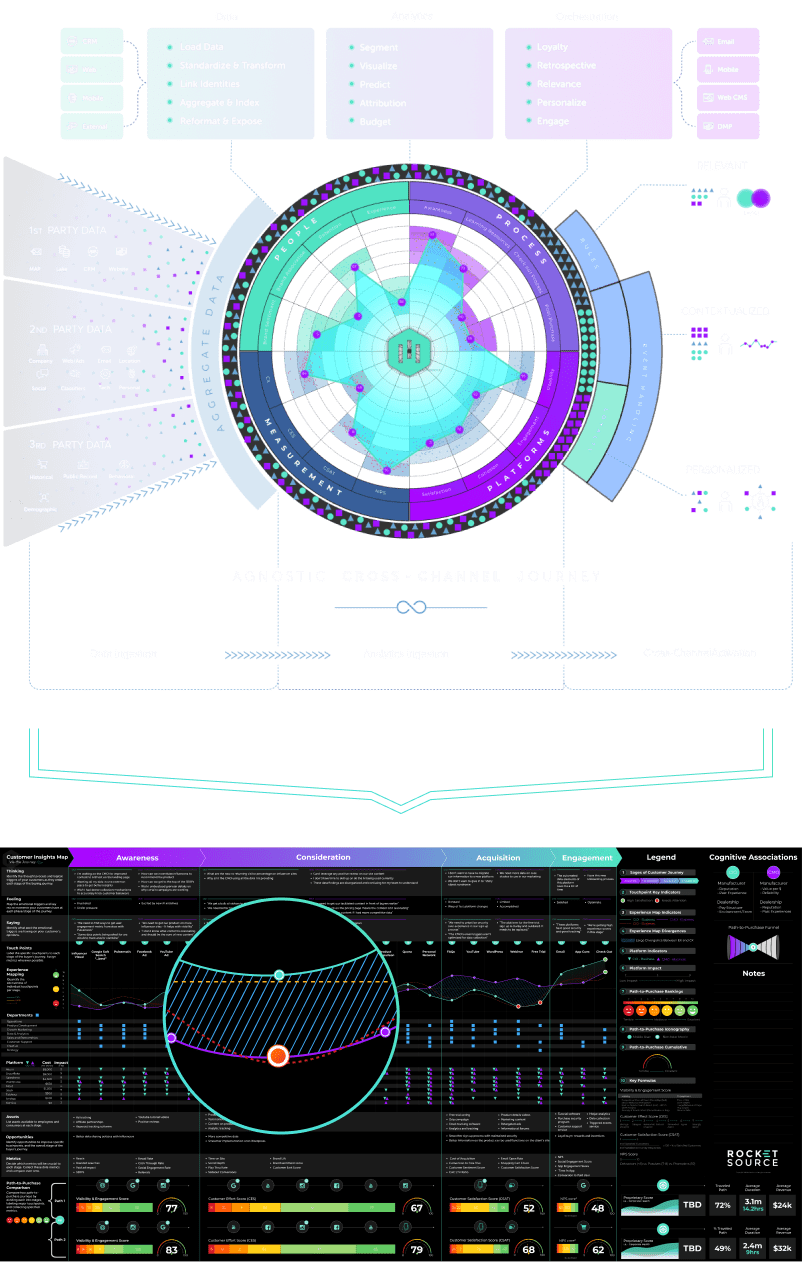
Humanizing Big Data to Reach Insights
Gathering the data inside a data warehouse is the first step. Brands that benefit from this single source of truth leverage behavioral psychology to unpack the insights behind the data points.
Understanding behavior on an individual level allows brands to unpack thousands of data points stored in the warehouse more meaningfully. Companies can then determine where to focus and how to encourage retention, building a stronger LTV.
Using a customer insights map alongside the single source of truth empowers organizations to tap into their data to solve complex problems and build LTV through strategic, data-driven alignment.
Uncovering Big Data Insights From the Data Warehouse
Empathy Mapping
Quantitative data can deepen your perspective of what’s happening along your buyer’s path to purchase. Pairing the quantitative data housed in your data warehouse with the qualitative feedback you gather from customers, you’ll gain even more important detail about the buyer’s journey and how to connect with your customers at a cognitive and emotional level.
Customer Insights Map
Drilling down into the small nuances along your buyer’s journey can help you better understand what’s happening at the ground level for your customers and your employees. Using a comprehensive framework helps you stay on top of the wave as you surf the ocean of big data housed inside your data warehouse. With this framework, you can tell a stronger story and discover new opportunities along your buyer’s journey.

Bow Tie Funnel
Brands must focus on more than the pre-purchase funnel when calculating the lifetime value (LTV) of your buyer’s journey. By tapping into the reservoir of your data warehouse, you can look closer at the emotional and logical process your buyer takes as they engage with your brand, lending guidance on what metrics you should be looking at and what questions you should be asking — not just for the sake of a sale, but for the sake of loyalty.
StoryVesting
Looking at your brand and customer experiences side by side allows you to create alignment between your core offerings. This alignment is validated by the core offerings within your business and is the ultimate goal for any big data initiative. To maximize the data inside your data warehouse, you must accurately and effectively break down the many complex layers of each experience and strategize solutions to provide direction when navigating a new initiative.
Customer Experience (CX) Terms
- 360° Degree View of the Customer
- AI Ops
- Barlow Bands
- Behavioral Triggers
- Bow Tie Funnel
- Brick-to-Click
- Business Impact Analysis (BIA)
- Cognitive Computing
- Cohort Analytics
- Content Mapping
- Conversational User Guidance
- Customer Data Profile
- Customer Experience (CX)
- Customer Friction
- Customer Insights Map
- Customer Journey
- Customer Journey Mapping
- Customer Satisfaction (CSAT)
- Customized Ratios
- CX Intelligence
- CX Led Growth
- CX Metrics
- Data as a Product (DaaP)
- Data as a Service (DaaS)
- Data Culture
- Data Driven
- Data Engineering
- Data Fabric
- Data Governance
- Data Humanization
- Data Hygiene
- Data Looping
- Data Mapping
- Data Mining
- Data Modeling
- Data Monetization
- Data Swamp
- Data Visualization
- Data Warehouse
- Data-Centric
- Descriptive Analytics
- Diagnostic Analytics
- Digital Asset Management (DAM)
- Digital Transformation
- Dirty Data In Dirty Data Out
- Embedded Intelligence
- Empathy Mapping
- Employee Data Profile
- Employee Experience (EX)
- EX to CX Data Mapping
- EX to CX Mapping
- Experience Management (XM)
- Gap Analysis
- Generative AI
- Human-Centered Design (HCD)
- Journey Analytics
- Machine Learning (ML)
- Managed Agile Services on Demand
- Modified Hoshin
- North Star Metric
- Party Data
- Pathway to Purchase
- Predictive Analytics
- Product-Market Fit Mapping
- Real Time Design Looping
- Revenue Acceleration
- RevOps
- S Curve of Growth
- Stack Impact Analysis
- StoryVesting
- Table Stakes Testing
- The 3 P’s
- User Experience (UX)
- User Insights Map
- User Interface (UI)
- Voice of the Customer (VoC)
- Voice of the Employee (VoE)
- World Cloud Generator Sentiment Mining
- X Analytics

